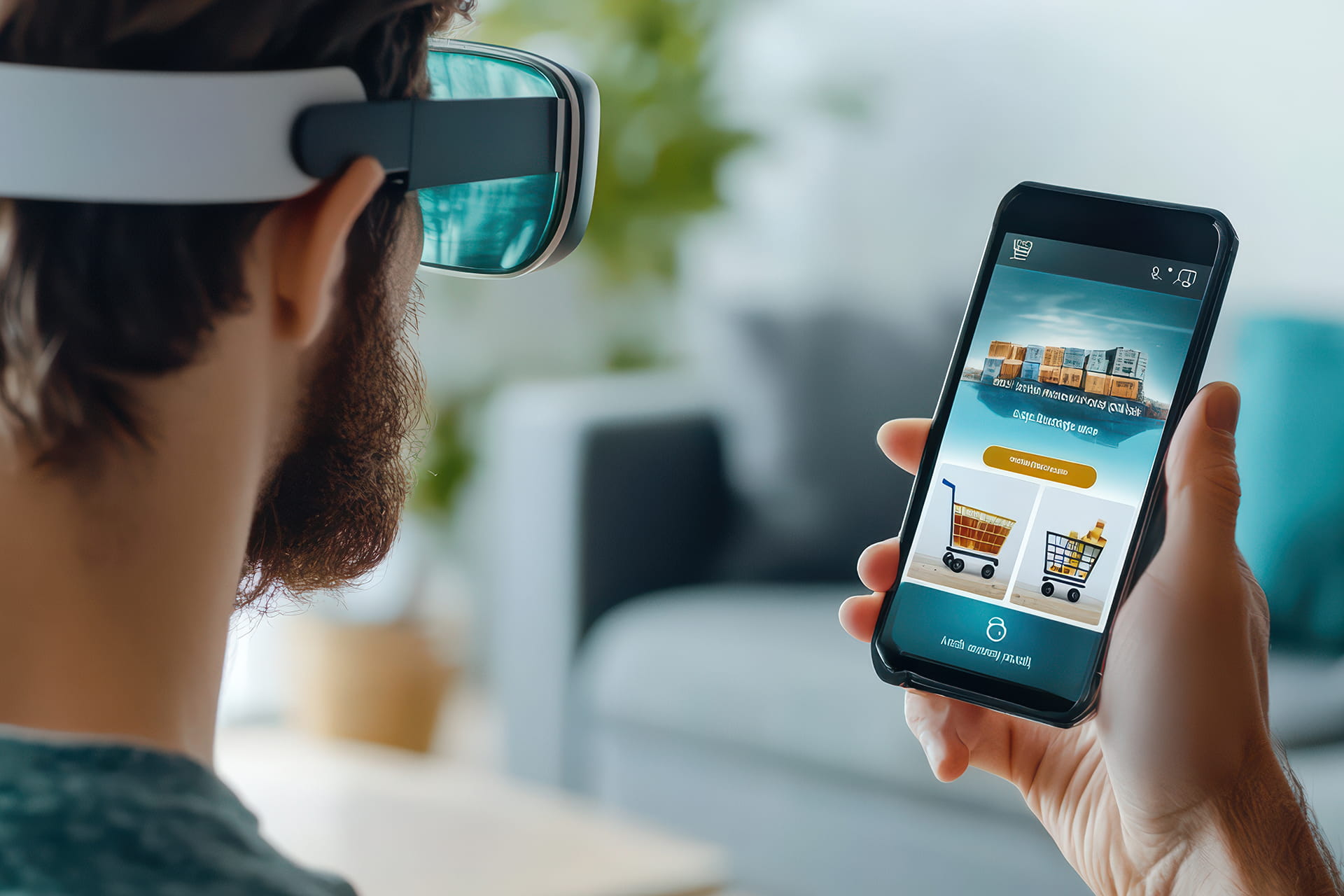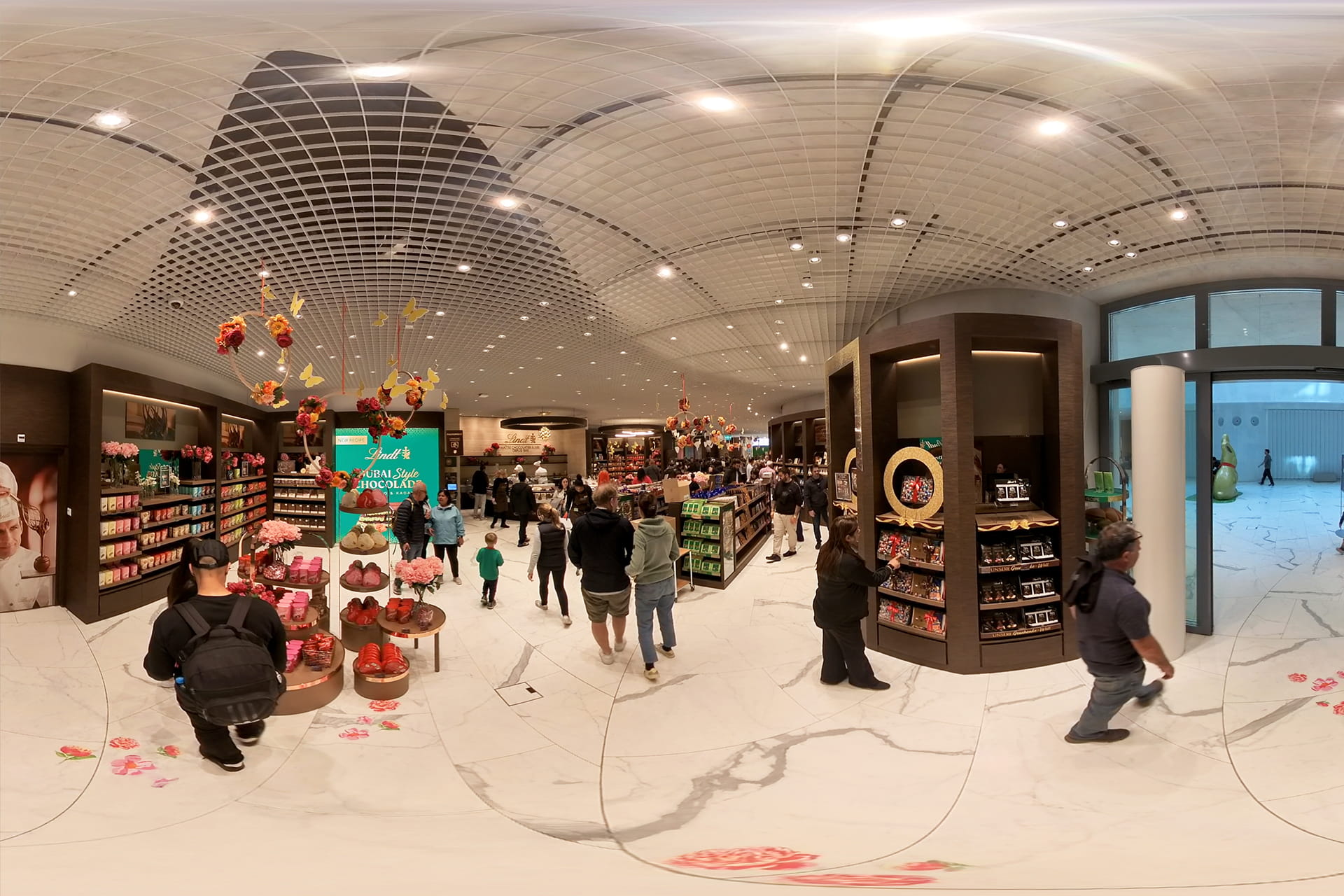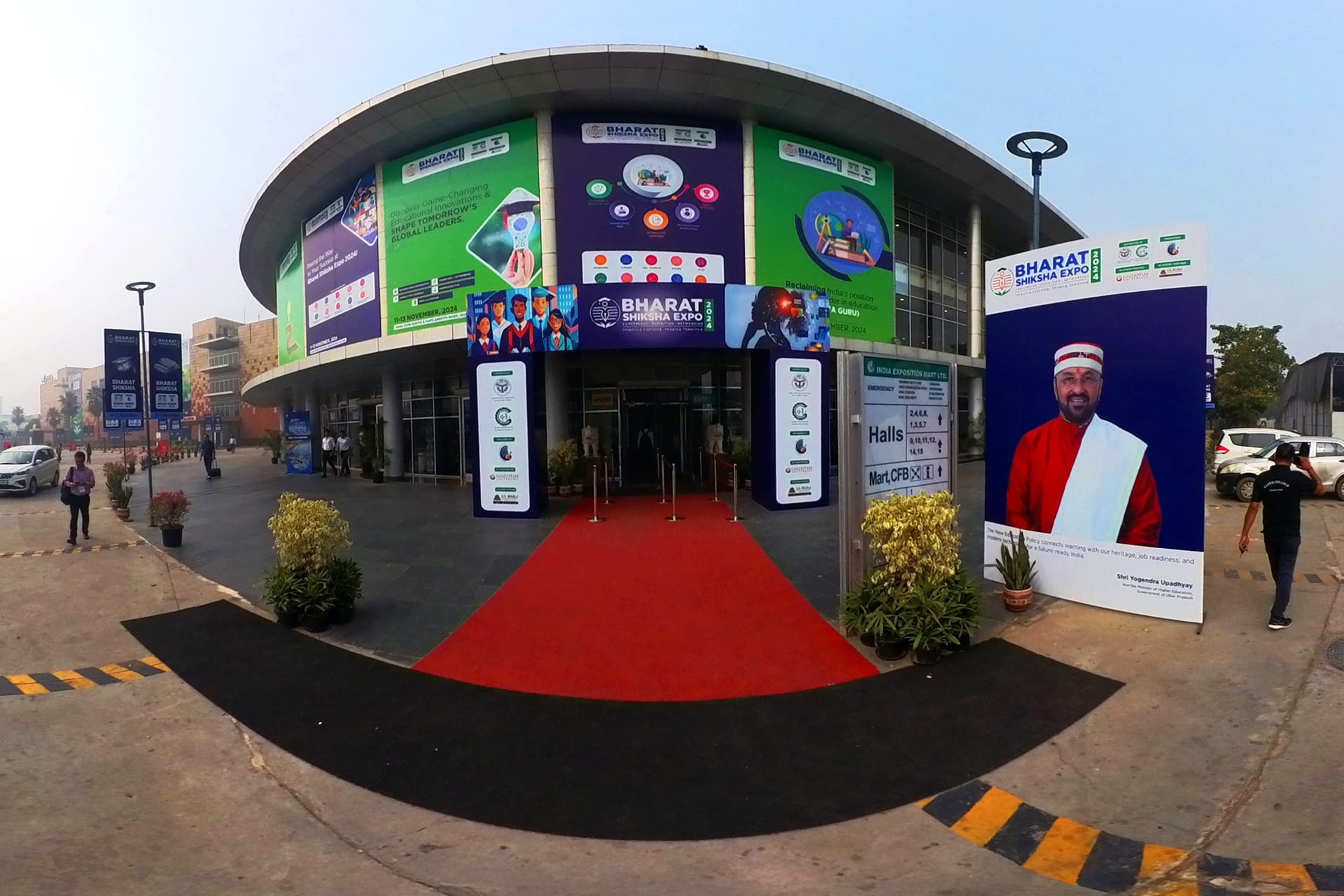The real estate industry is rapidly embracing Virtual Reality (VR) development to transform how properties are showcased and sold. Traditional photos and videos often fail to provide a true sense of space, layout, and ambiance. VR allows potential buyers to experience properties virtually, interactively, and realistically, revolutionizing property marketing.
This blog explores the role of VR in real estate, including virtual tours, staging, and marketing strategies.
1. Virtual Tours: Bringing Properties to Life
- 360° Immersive Experience: Users can navigate through homes, apartments, or commercial spaces as if they were physically present.
- Time and Location Flexibility: Clients can tour properties anytime, from anywhere, saving travel time.
- Enhanced Decision-Making: Buyers get a realistic sense of space, lighting, and layout, reducing uncertainty.
2. Virtual Staging: Showcasing Potential
- Interactive Interiors: Furniture, décor, and layouts can be virtually added or changed in real-time.
- Cost-Effective: No need for physical staging of empty properties.
- Appealing Presentations: Highlight property features in the best light and perspective.
3. Marketing and Lead Generation
- Engaging Content: VR experiences create memorable impressions, increasing client engagement.
- Social Media Integration: Share virtual tours on platforms like Facebook, Instagram, or LinkedIn.
- Analytics Tracking: Monitor user interactions within the VR tour to understand client preferences.
4. Benefits for Real Estate Professionals
- Increased Sales Conversion: Interactive VR tours shorten the decision-making process.
- Time Efficiency: Agents spend less time on repeated property visits.
- Competitive Advantage: Early adoption of VR enhances brand image and professionalism.
- Remote Collaboration: Buyers, architects, and developers can review projects together virtually.
5. Integrating VR with Other Technologies
- AR (Augmented Reality): Combine VR tours with AR apps to visualize changes or renovations.
- 360° Drone Footage: Provide aerial property views integrated into VR tours.
- Interactive Hotspots: Highlight features, appliances, or amenities with clickable information points.
6. Tips for Successful VR Implementation in Real Estate
- High-Quality Visuals: Ensure crisp, realistic imagery with optimized 3D models.
- User-Friendly Navigation: Simple controls for seamless virtual exploration.
- Mobile Compatibility: Enable access on smartphones, tablets, and VR headsets.
- Regular Updates: Keep tours current with new listings or property changes.
Conclusion
Virtual Reality is transforming real estate marketing by providing immersive, interactive, and engaging property experiences. With VR, potential buyers can explore spaces from anywhere, anytime, while agents save time and increase conversions.
At 360Biznus, we specialize in VR development for real estate, delivering virtual tours, staging, and marketing solutions that help properties stand out, engage clients, and close deals faster.
Get in Touch
Whether you want to develop a new 360 Virtual Tour, 3D Product Display, 360 Product Spin Photography, Google 360 Street View or update an existing 360 Virtual Tour, we're eager to assist.
Call / Email Us / fill in the form below.
